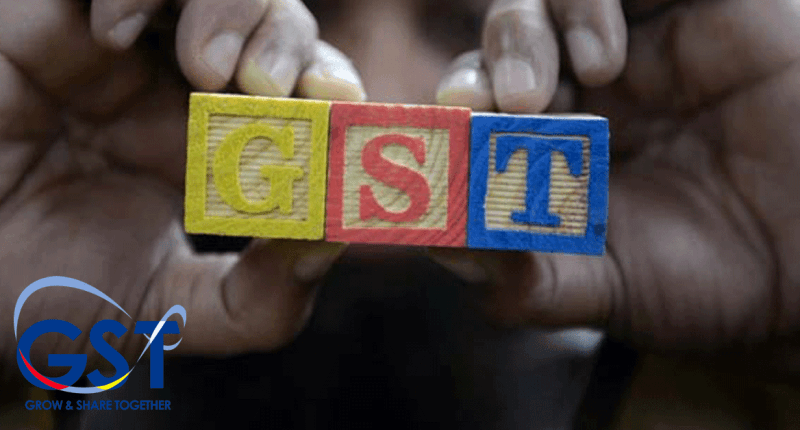The GST Network (GSTN) has issued an advisory on 22nd July 2021 clarifying the issue faced by several taxpayers while submitting form CMP-08 with the solution.
In the recent CMP-08 statement due for Apr-Jun 2021, there might have been a discrepancy in the net tax payable calculations for one or many composition taxable persons. The reason for this is the recent changes by the government with the introduction of the Negative Liability Statement. It resulted in adjustments of negative liability from previously filed annual returns in form GSTR-4 of FY 2019-20 or FY 2020-21.
Below are the contents of the advisory issued by the GSTN, summarised with the steps to resolve the issue.
Background to the issue
Last year, the GSTN made the Negative Liability Statement available to the composition taxable persons on the GST portal. The negative liability implies that there is no requirement to pay tax in CMP-08. It generally arises in any quarter and is reflected in the Negative Liability Statement. This amount that accumulates in this statement will automatically be adjusted against tax liabilities of the future quarters.
Alternatively, suppose a taxpayer fails to declare any tax liability values in Table 6 of the GSTR-4 (Annual Return) or reports it as ‘zero’ for any of the previous year(s). In such cases, it gives rise to a negative liability entry.
Accordingly, any liability paid through CMP-08 statements for such year(s) becomes excess tax paid as appearing in Table 5 of GSTR-4. Therefore, the negative liability moves to the Negative Liability Statement and shall be automatically utilised or adjusted against the liability of subsequent quarters.
The solution prescribed by the GSTN
The GSTN took few days to release the advisory. In the advisory, the GSTN recommended the following solutions for all the affected composition taxable persons-
- Table 6 of GSTR-4 not filled up/omitted by mistake: Raise a ticket on the GST Self-service Grievance Redressal Portal. Accordingly, get the amount in the negative liability statement nullified to such an extent.
- Table 6 of GSTR-4 intentionally not filled due to nil tax liability in FY: No need to take any action.
Before the release of advisory, many tax professionals recommended specific hacks to nullify the effect of the wrong negative liability. One solution is to pay the tax liability through form DRC-03 for all those quarters where it is adjusted with the negative liability to such extent.
At the end of the year, while filing GSTR-4, the taxpayer could have inflated the turnover and tax liability in Table 6 to nullify the effect. It is applicable only where the taxpayer had already filed GSTR-4 of FY 2020-21. Alternatively, it would have also applied for non-disclosure of tax liability in Table 6 of GSTR-4 for FY 2019-20, continued to be left unadjusted in GSTR-4 of FY 2020-21 as well.
On the other hand, some taxpayers are yet to finish filing their GSTR-4 for FY 2020-21. The due date to file without any late fee is 31st July 2021. Such taxpayers need not worry about the solution recommended by the GSTN.
Instead, they have to be careful to fill up Table 6 of the GSTR-4 accurately. If there was an omission in Table 6 of the GSTR-4 for FY 2019-20, then the turnover and tax liability of FY 2019-20 might also have to be added up to FY 2020-21 while filing the form now.
CMP-08 is the statement-cum-challan to be submitted by the 18th of the month following every quarter. The tax liability must be paid, and the submission of summary details of turnover for the relevant quarter. The CMP-08 for April-June 2021 was due on 18th July 2021 for all the composition taxpayers. Several taxpayers who had missed filling up Table 6 of GSTR-4 of last year faced the issue of inability with paying towards the tax liability due to offset by negative liability from last year.
Even though Table 5 gets auto-populated details from CMP-08, the GST portal considers tax-paid details. It picks up tax liability from Table 6. Due to this design, there arises a scenario of excess tax paid to the government despite not being the case.
For any clarifications/feedback on the topic, please contact the writer at annapoorna.m@cleartax.in
Annapoorna, popularly known as Anna, is an aspiring Chartered Accountant with a flair for GST. She spends most of her day Singing hymns to the tune of jee-es-tee! Well, not most of her day, just now and then.




